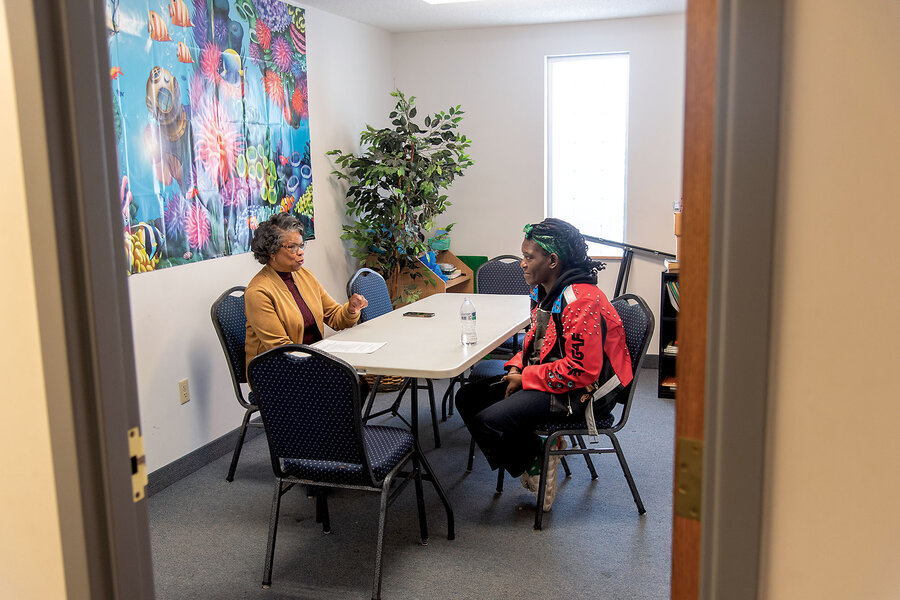The quiet work of trauma recovery
Loading...
Chances are, most readers will not have heard of trauma recovery centers before encountering this week’s cover story.
Allen Arthur, the story’s author, has been writing about criminal and restorative justice programs for years. But it wasn’t until recently that he learned about the loosely connected network of programs known as TRCs from criminal justice reform advocates.
The idea sounded intriguing: Connect people who have been victimized by violence with supports that go beyond what the medical and justice communities can provide. By operating outside these traditional institutions, TRCs could offer people a place to not just heal their physical wounds but also restore their sense of safety.
But if such a thing existed, wouldn’t we all know about it?
Not necessarily. Trauma recovery work doesn’t lend itself to splashy press conferences or hashtag activism. It’s arduously slow, “totally unglamorous,” and very private, Allen says in a video interview.
In reporting this story, Allen found more than 50 such programs in operation around the United States. What’s more, he found considerable research supporting the idea that helping people who have been victimized by violence regain trust in themselves, in their communities, and in society is a form of violence prevention in and of itself.
“When we think of crime prevention or when we think of anti-violence, we may think of these big, splashy raids or police cars with their sirens blaring and drones and all,” says Allen.
But a much quieter kind of anti-violence work is happening at the grassroots. At the Brenda Glass Multipurpose Trauma Center in Cleveland, aside from a few posters on the wall, “there’s not a lot to let you know that anything special is happening there,” says Allen. “And yet people are coming in here and having these huge emotional moments.”
Emotional catharsis is a key component of trauma recovery. But much of what Brenda Glass and other TRC workers do for clients is far simpler. After a violent encounter, many people retreat inward, struggling to complete day-to-day tasks. So at TRCs, Allen says, “wraparound services go beyond anything I’ve ever seen before.”
He heard stories of staff members helping clients move in the middle of the night, finding activities to occupy clients’ children, even cleaning toilets for clients who were too depressed to do so themselves. This kind of holistic support is baked into the TRC model. It is the scaffolding that holds a client up so they can focus on internal healing.
But perhaps the biggest gift that TRCs offer clients is the freedom to be imperfect. For survivors, the consequences of any misstep can feel enormous. But life is messy, and people are often looking for someone to tell them that that’s OK. That “there’s still somebody there that loves and respects you, and thinks you deserve something better than this,” says Allen. “You are starting a whole other way of living, and that takes a lot of trust – in yourself, in the people around you, and that it’s even possible” to start over.






